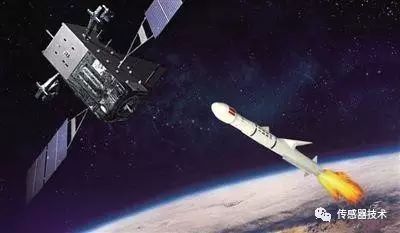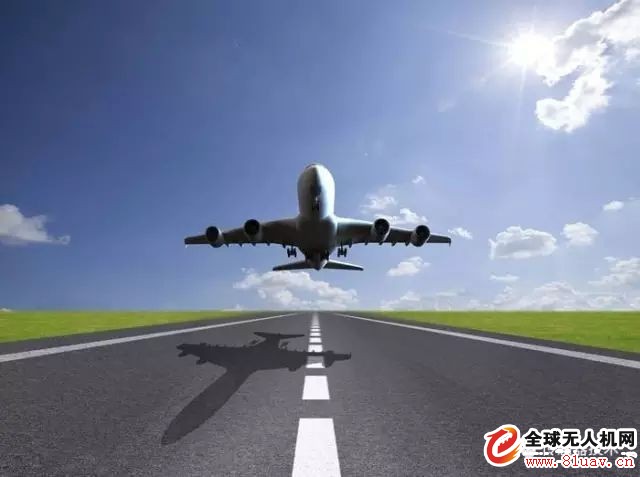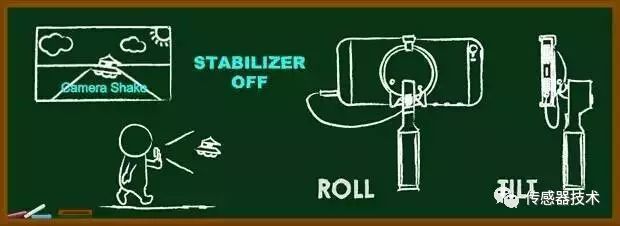In the previous article, we have a general understanding of the origins, principles and types of gyroscopes. So, how does it relate to our daily lives? Gyro instruments were first used for navigational navigation, but with the development of science and technology, it has also been widely used in aviation and aerospace. The gyro instrument can be used not only as an indicator, but more importantly as a sensitive component in an automatic control system, as a signal sensor. Gyro instruments can provide accurate signals such as azimuth, level, position, velocity and acceleration, as needed, so that the driver or the autopilot can be used to control aircraft, ships or space shuttles to fly on a certain route. In the guidance of navigation vehicles such as satellite carriers or space-detecting rockets, these signals are directly used to complete the attitude control and orbit control of the vehicle. As a stabilizer, the gyro instrument enables the train to travel on a single track, which can reduce the sway of the ship in the wind and waves, and can stabilize the camera mounted on the aircraft or satellite relative to the ground. As a precision test instrument, gyroscopes provide accurate azimuth references for surface facilities, mine tunnels, underground railways, oil drilling, and missile silos. The scope of application of gyro instruments is quite extensive, and it plays an important role in modern defense construction and national economic construction. Gyroscope application in aviation flight Due to the high-tech development of various electronic devices and computer control, most modern aircraft designs are static and unstable, and electronic equipment and computers must be used to assist the control to achieve good flight control. This type of aircraft relies solely on the pilot's fingers to control the difficulty. Although the aircraft can still fly, it will be shaken to varying degrees, always in an unstable flight state. Sometimes the center of gravity setting is not very accurate, slightly different, and it will make the flight of the aircraft less stable. There are all kinds of turbulence in the air, which will make the flight of the aircraft not stable enough. At this time, the gyroscope will be used to stabilize the aircraft, and the aircraft will continue to fly smoothly, making the pilot feel more comfortable to control the aircraft and making various actions more standard. The gyroscope makes the pilot feel the most obvious when it is landing, and the most needed gyroscope help is the landing of the aircraft. Because the landing aircraft is slower and close to the stall point, it is more likely to be affected by the wind, which causes the wing to sway up and down. At this time, it is necessary to constantly adjust the attitude of the aircraft with its fingers to keep the level unchanged and gradually descend the height. Many novice pilots sometimes make too many corrections, and the aircraft will produce more shaking, and it is easy to enter the stall and cause the landing to fail. However, if the gyroscope is turned on and stabilized, the gyroscope's sensor is very sensitive, the wing is slightly depressed, and the gyroscope immediately issues a command to make the ailerons return the plane. This process happens so quickly that you It may not be seen that the wing is pressed down and it has been corrected by the gyroscope. So you will see that the aircraft is always very stable and keeps the level unchanged and gradually descends the height, which is very helpful for the pilot. For fighter pilots, the locking function of the gyroscope will greatly increase the flying pleasure. For example, in the case of a super low-altitude reverse flight of a fighter aircraft, the performance of the aircraft is better or adjusted at the time, usually in the state of flying, even if the elevator is not moving, it can keep flying. However, when the plane is flying backwards, it is usually necessary to push the elevator slightly to maintain the reverse flight. If it is not extremely technical, it is difficult for the finger to keep the rudder amount of the rudder constant so that the aircraft keeps flying in the same straight line in the reverse flight state. This is why most people dare to do ultra-low-altitude flying usually do not dare to do ultra-low-altitude back-to-the-fly, or the fly-through field dare to do very low and usually do not dare to do very low, because when flying The finger can move in a straight line without moving the elevator, and the finger should always push the rudder surface when flying backwards. The speed of the airplane is fast and the height is low. If the finger moves slightly, the chicken may be touched. This is very easy to use with the locked state of the gyroscope. Because in the reverse state, the gyroscope will automatically lock the reverse attitude, the elevator joystick will not move in the middle, and the gyroscope will automatically keep the airplane in a straight line, without worrying about whether the rudder of the finger is accurate. Then you can safely control the aircraft into the ultra low-altitude reverse flight state at the far end of the runway, and then you can maintain the ultra-low-altitude reverse flight without any control. Remote Terminal Unit,Power Metering,Power Quality Meter,Electricity Usage Monitor TRANCHART Electrical and Machinery Co.,LTD , https://www.tranchart-electrical.com

